In terrestrial glaciers Wake up dangerous disease
 Source:
Source:
Throughout the history of our planet people co-existed with bacteria and viruses. We were looking for ways to resist bubonic plague and smallpox, and they responded by looking for ways to infect us. For almost a hundred years we use antibiotics since Alexander Fleming discovered penicillin. In response, bacteria have acquired antibiotic resistance. The battle has no end. We spend so much time with pathogens, which in turn set up each other to a standstill. However, what happens if we suddenly are faced with deadly bacteria and viruses, which are not seen for thousands of years or never seen?
Maybe we'll find out soon. Climate changes result in melting permafrost soils that have been frozen for thousands of years, and as the melting of soil out ancient viruses and bacteria that come alive and return to life.
In August 2016 in a remote corner of the Siberian tundra on the Yamal Peninsula, died 12-year-old boy and at least twenty people were hospitalized after Contracting anthrax.
It has Been suggested that more than 75 years ago deer infected with anthrax, has died and his frozen skeleton trapped under a layer of frozen soil under permafrost. There he remained until the summer of 2016, when due to heat the permafrost thawed. Thus released the corpse of the deer and the infection of anthrax in the coming water and soil, and then in the food supply. People were under threat.
The Scary thing is that this may not be a single case.
The Land heats up and thaws more permafrost. Under normal conditions the surface layers of permafrost depth of about 50 cm has thawed every summer. But global warming is gradually strip the old layers of permafrost.
Perennial Frozen soil — the perfect place for bacteria remained alive for long periods of time, perhaps millions of years. This means that melting ice could potentially open a Pandora's box of disease.
The Temperature in the Arctic circle is growing rapidly, about three times faster than the rest of the world. Out can go and other infectious agents.
"the permafrost is a great Keeper germs and viruses because it's cold, dark and no oxygen," says evolutionary biologist Jean-Michel Clavery from AIX-Marseille University in France. "Pathogenic viruses that can infect animals and plants could be preserved in old permafrost layers, including those that caused a global epidemic in the past."
Only at the beginning of the 20th century more than a million reindeer died from anthrax. In the North is not so easy to dig a deep grave, so the majority of these carcasses were buried close to the surface, 7000 scattered graves in Northern Russia.
What else might be hiding under the frozen ground?
People and animals were buried in eternal merzlote hundreds of years, so it's possible that the outside can go and other infectious agents. For example, scientists have found fragments of RNA of the virus of the Spanish flu in dead bodies, EN masse buried in the tundra of Alaska. Smallpox and bubonic plague is also buried in Siberia. In the study in 2011, Boris Revich and Marina Podolny wrote: "as a result of permafrost melting, the vectors of deadly infections of the 18th and 19th centuries may come back, especially near the cemeteries where they buried the victims of these infections."
In the 1890s, the years in Siberia was a serious smallpox epidemic. One city lost 40% of its population. The bodies were buried under the top layer of permafrost on the banks of the Kolyma river. In 120 years the flood of the Kolyma river began to destroy the shore, and the thawing of permafrost has accelerated this process of erosion.
The project, which began in 1990-ies, scientists from the State research center of Virology and biotechnology in Novosibirsk have studied the remains of the stone age people discovered in southern Siberia, near Altai mountains. They also studied samples from corpses of people who died during viral epidemics in the 19th century and were buried in the permafrost of Russia.
Scientists say the bodies were found with sores, typical of the traces of smallpox. Although they did not find the virus of smallpox, they found fragments of DNA.
Of Course, this is not the first case when bacteria are frozen in the ice, to come alive again.
In a 2005 study, NASA researchers have successfully revived a bacterium enclosed in a frozen pond in Alaska for 32,000 years. Germs called Carnobacterium pleistocenum have been frozen since the Pleistocene, when woolen mammoths still roamed the Earth. As soon as the ice melted, they have again started to swim as if nothing had happened.
Two years later, scientists were able to revive the bacteria by the age of 8 million years who slept in the ice under the surface of the glacier in the valleys of the beacon and Mullins in Antarctica. In the same study, bacteria recovered from the ice, which was more than 100,000 years.
However, not all bacteria can come back to life after freezing in the permafrost. Anthrax bacteria can do it, because form extremely resilient spores that can live in a frozen state for a very long time.
Other bacteria that can form spores and therefore survive in the permafrost, include tetanus and Clostridium botulinum, responsible for botulism: a rare disease that can cause paralysis and lead to death. Some fungi can also survive in the permafrost for a long time.
Some viruses can also survive for long periods of time.
The study 2014 scientists under the leadership of Clavery revived two viruses captured permafrost of Siberia for 30,000 years. Known as Pithovirus sibericum and Mollivirus sibericum, they are considered a "giant virus", because unlike most viruses, they are so large that they can be seen under an ordinary microscope. They were found at a depth of 30 meters in the coastal tundra.
Immediately after recovery, the virus became infectious. Fortunately for us, specifically these viruses infect only single-celled amoeba. However, research suggests that other viruses, which can infect humans, too, can be revived.
Furthermore, global warming doesn't have to melt the permafrost, to be a threat. As Arctic sea ice melts, the Northern shore of Siberia, it becomes easier to reach by sea. Obviously, it becomes more profitable industrial development, including mining and minerals, oil drilling, natural gas extraction.
"At the moment, these areas are empty, and the deep layers of permafrost nobody touches," says Clavery. "But these ancient layers you can get in the process of excavation and drilling operations. If viable virions are still living there, it will be a disaster."
Giant viruses may be the most likely perpetrators of the viral outbreak.
"most of the viruses are rapidly inactivated outside the host cell due to the light, drying, or spontaneous biochemical degradation," says Clavery. "For example, if their DNA is damaged and can not be restored, the viruses cease to be infectious. However, among known viruses, the giant viruses tend to be very durable and resistant."
Clavery said that, you may experience the virus from the first people who inhabited the Arctic. We could even see the viruses long extinct species of hominids like the Neanderthals and the denisovans, who settled in Siberia and were exposed to different viral diseases. In Russia found the remains of Neanderthals aged 30-40, 000 years. Populations of people lived there, was sick and dying for thousands of years.
"the Possibility that we can catch a virus from a long-extinct Neanderthal, suggests that the idea that the virus can be "eradicated" from the planet, is wrong and gives us a false sense of security. That's why vaccine supplies must be stored just in case".
2014 Clavery analyzes the DNA content of perennial permafrost in the search for genetic signatures of viruses and bacteria that can infect humans. He found lots of bacteria that can be dangerous for people. Bacteria have DNA that encodes virulence factors: molecules that produce pathogenic bacteria and viruses which increase their ability to infect the host.
Team Clavery also found several DNA sequences that seem to come from viruses, including herpes. But traces of smallpox have not yet found. For obvious reasons, they weren't trying to revive any of the pathogens.
It may well be that the pathogens, which have lost the habit of people who can manifest in other places and not just from ice or permafrost.
In February 2017, NASA scientists said that the microbes found age 10-50, 000 years in the crystals in the Mexican mine. These bacteria were located in the Cave of Crystals, part of the shaft in Nice in Northern Mexico. The cave contains a lot of milk-white crystals of the mineral Selenite, which was formed for hundreds of thousands of years.
Bacteria were trapped in small pockets of liquid crystals, but as soon as they pulled out, they revived and began to multiply. These microbes are genetically unique and may be new species, but scientists have not yet published their work.
In the cave Lechuguilla in new Mexico, 300 feet below ground found even older bacteria. These microbes have not seen the surface over 4 million years. The cave had never seen sunlight and has been isolated for 10,000 years from surface waters.
Despite this, bacteria somehow were resistant to 18 types of antibiotics, including drugs that were considered "the last frontier" in the fight against infections. In a study published in December 2016, scientists have discovered that bacteria known as Paenibacillus sp. LC231 were resistant to 70% of antibiotics.
Because bacteria were completely isolated in a cave for four million years, they...
Recommended
The coronavirus has mutated into 30 new strains
While coronavirus Apocalypse slowly but inevitably becomes routine, the virus SARS-CoV-2 continues to evolve. And, unfortunately, he was good at it. Writes , with reference to the South China Morning Post reports that new studies show that the virus ...
In the United States recognized that the ventilator dies 88% of patients with coronavirus
When the world is raging coronavirus that causes pneumonia and kills people, the only solution is intensive care. If this is not done, the victims will be very much. Today for severe patients there is only one solution — connected to the appara...
Can a transfusion of blood plasma to cure the coronavirus?
Typically, vaccination involves the introduction into the organism of the weakened or killed microorganisms (viruses) designed to create a strong immunity to possible future infectious diseases — that is, for selection of antibodies. But what i...
Related News
Compiled the most complete map of human DNA
In the last century, the famous scientists James Watson and Francis Crick received one of the most prestigious awards the academic community Nobel prize "For discoveries concerning the molecular structure of nucleic acids and thei...
A cure for old age will be established soon, but can you afford it?
Feel? Your body breaks down slowly. We are all getting older, and aging, causes disease, which in the end most of us, and kill us. No wonder so many studies are supposed to create an antidote from old age. The race between the mak...
Microsurgeons who will soon be wander in our body
Bright autumn night in 2006 Dr. Sylvain Martel held his breath when the technician loaded the pig under General anesthesia in a rotating machine fMRI. His eyes stared at the computer screen, which showed a magnetic bead hanging in...
How to cure depression? The app for smartphone!
to cope with depressive disorders, there are many products and methods, but the most interesting, perhaps, suggested by the specialists Brian Iacoviello and Dennis, Sharni. According to Medical Xpress, they have proposed a method ...
New test helps detect cancer 10 years before his appearance
the Problem of early diagnosis of life-threatening diseases is one of the most important areas of modern medicine. And recently, experts from Johns Hopkins University conducted the first tests universal test for cancer that can di...
What happens when Cybernetics will exceed the medicine?
the Era of cyborgs may be closer than we think. Rapid improvement of medical robots, wearable devices and implants means that a lot of people are already half machines, and this trend will only gain momentum. Most notably, in the ...
Scientists want to draw death with the help of stem cells
Bioquark is about to begin testing, which will try to return the patients with brain death to life using stem cells. The controversial study raises many scientific and ethical questions, to solve which attract many experts in the ...
Bacteria have mutated in microgravity
Scientists from the University of Houston found that the bacteria become stronger in space, and yet, perhaps more dangerous. In this regard, future long journeys in space can be compromised. Madhan Tirumalai, doctor of medical Sc...
the Blood stem cells are small miracles. They hide in each cage and giving her the ability to restore the whole circulatory system, like a sort of biological Big Bang. But with great power comes great vulnerability. Once these "ma...
China begins world's first clinical trial of embryonic stem cells
In two new clinical trials in China will start to use embryonic stem cells for the treatment of Parkinson's disease and blindness. With them a new set of rules for the use of embryonic stem cells in China and, possibly, will begin...
With the help of immunotherapy failed to win the most aggressive type of breast cancer
To combat life-threatening diseases, scientists are increasingly turning to the development of tools that will destroy the pathological agent is not alone, as «spur» the human immune system to cope with the disease. And ...
Discovered the genes responsible for the sensitivity to the magnetic field of the Earth
People have long noticed that many animals, fish and insects can navigate the terrain and «feel» the Earth's magnetic field. In other words, they have something like «nature of the built-in compass». It is logi...
Found a tool that slows skin aging
combating the effects of aging is not the last place in modern medical practice. The rapidly evolving science of gerontology, which studies the aging process and prolonging life. And, according to the publication of Scientific Rep...
Designed test that will identify the dormant HIV
Scientists from all over the world do not stop looking for a cure for the human immunodeficiency virus (HIV). New drugs are created and tested constantly, and the work in this direction is hampered by the fact that the virus may b...
Represented a microchip that can separate DNA and purify the fragments
DNA Analysis involves not only the collection of material from living people, but in some other cases. For example, at the crime scene. And DNA typically requires that the procedure was carried out sekvenirovaniya, including separ...
Created an antibiotic that kill "superbugs"
no Matter how rapidly developing and inventing new means of treating the pharmaceutical industry. The bacteria will still adapt faster, which leads to the emergence of extremely resistant strains of antibiotics, which are also cal...
Hand from the point of view of science: how to wash them properly?
Hot water or cold? Solid or liquid soap? Towels or dryer with hot air? This ritual for many of us was the most important — we have resorted to it several times a day. But how to do it, you know? Wash hands — it would seem that can...
Open new genes responsible for the development of coronary heart disease
known for the development of many diseases «responsible» our genetics. And scientists from all over the world already not the first year engaged in research of the human genome in order to successfully detect, treat and ...
Scientists from the UK test method of treatment of brain tumors using the zika virus
Not long ago, the epidemic of zika virus was a real problem which, fortunately, managed to cope. But a group of scientists from Cambridge University have suggested that a dreadful virus, you may be able to use for the treatment of...
Cultured ovaries were successfully implanted sterilized mice
the Technology of creating artificial organs in recent years have made headway, and it gives hope that in the future it will be possible to replace the person of any authority. For example, we recently wrote about creating . And n...



















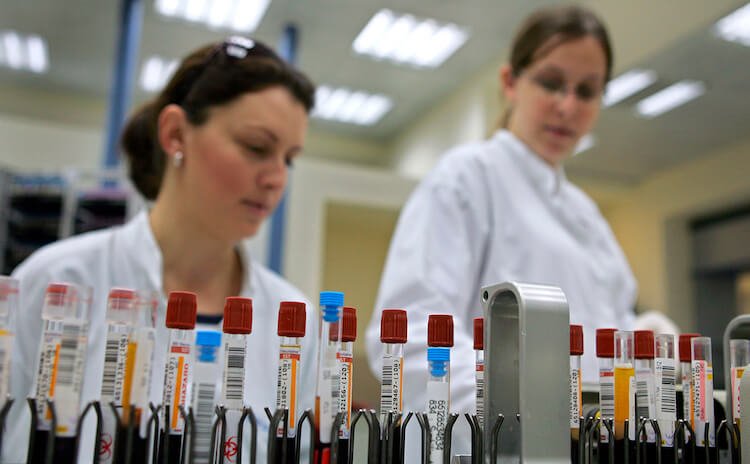
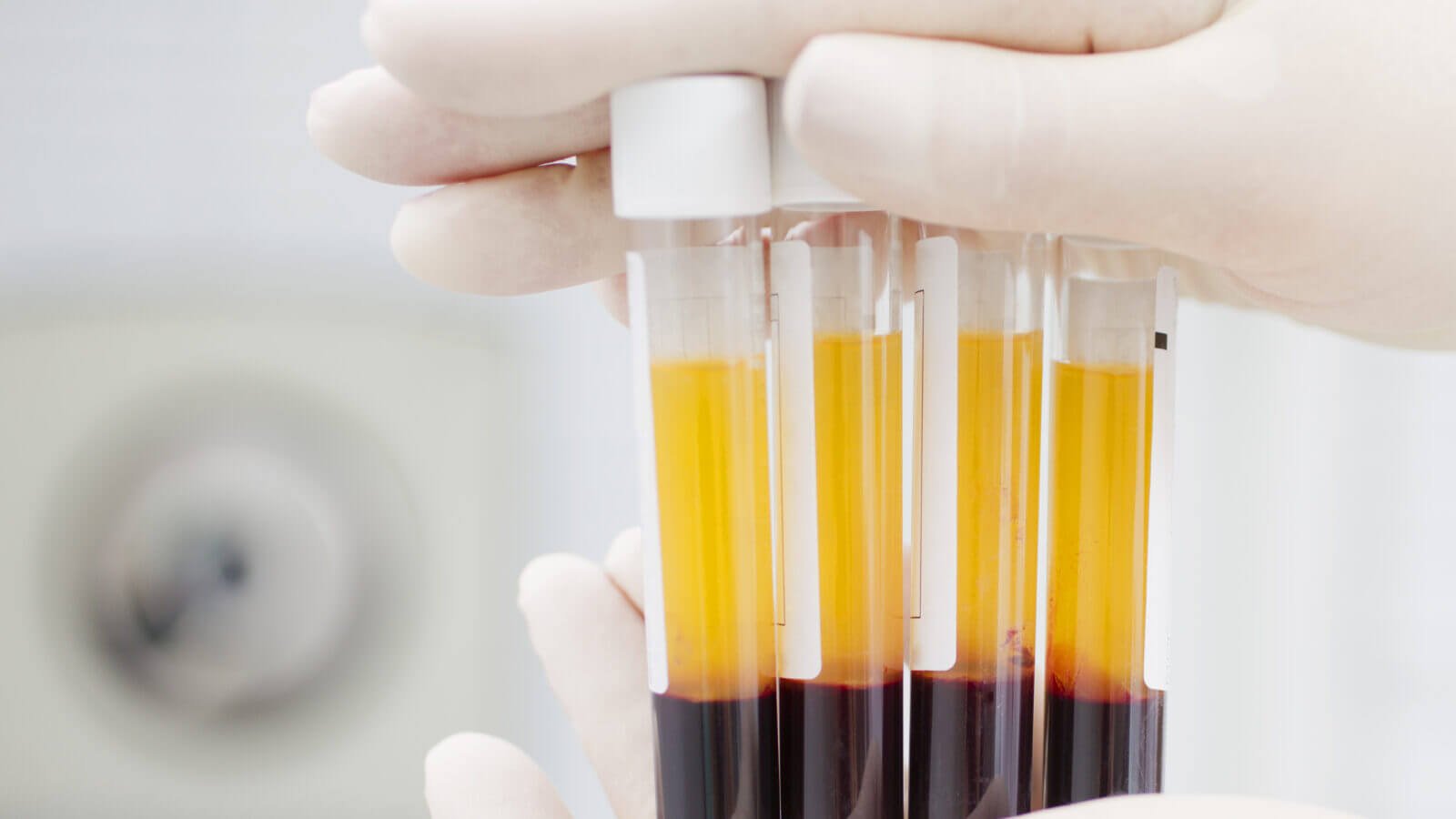
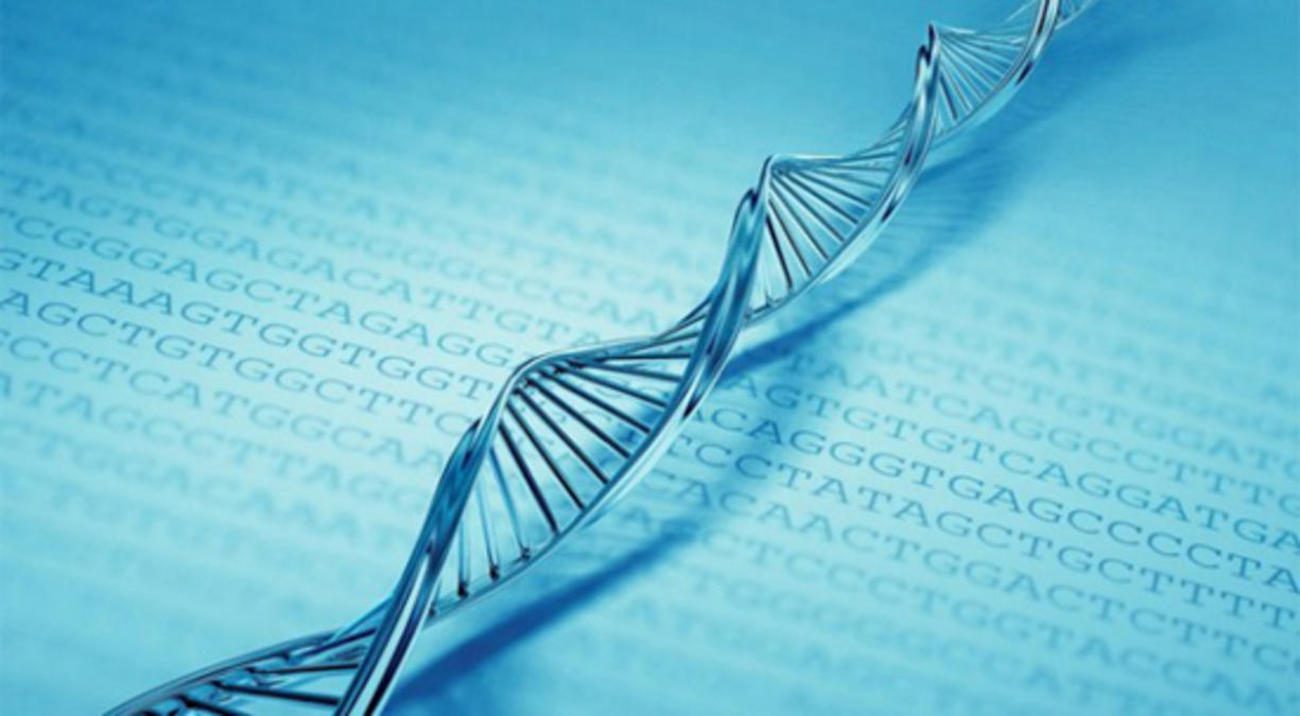

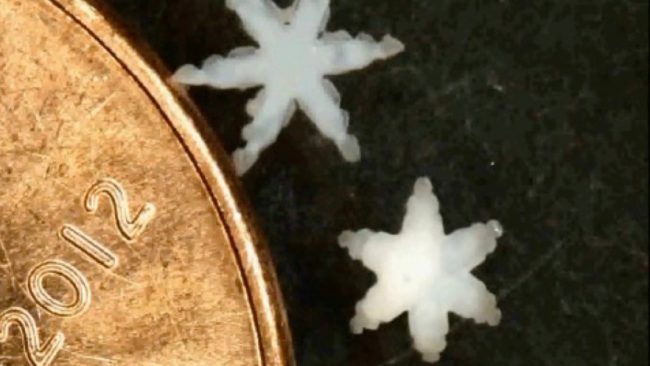

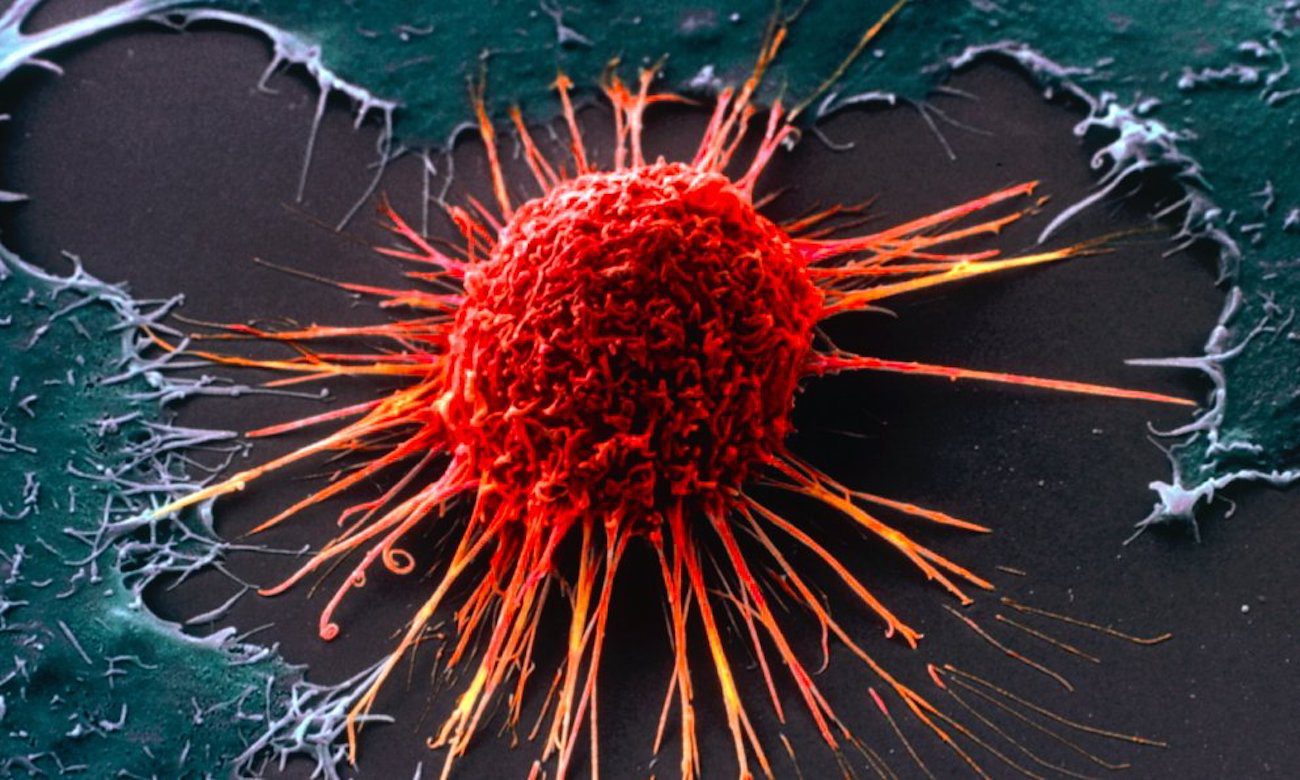
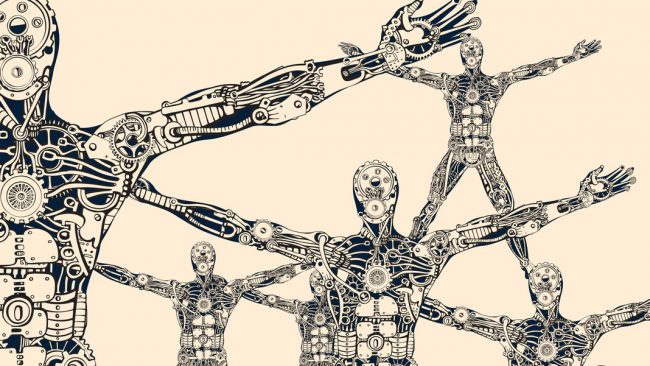
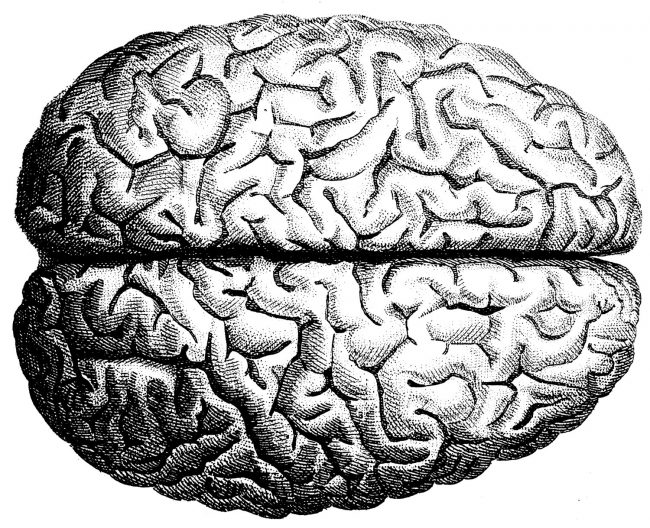
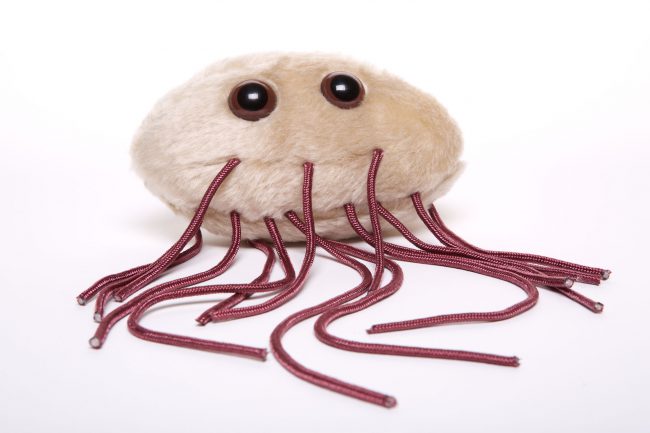
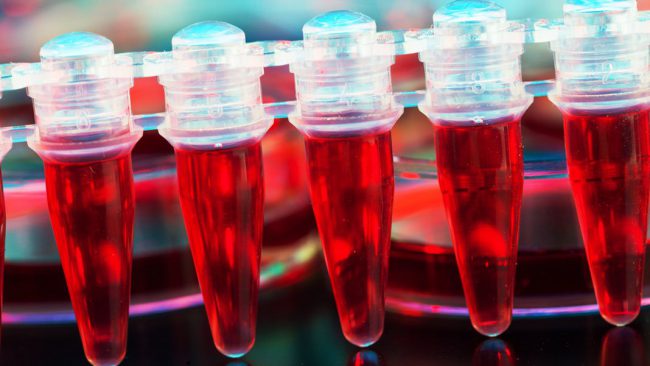
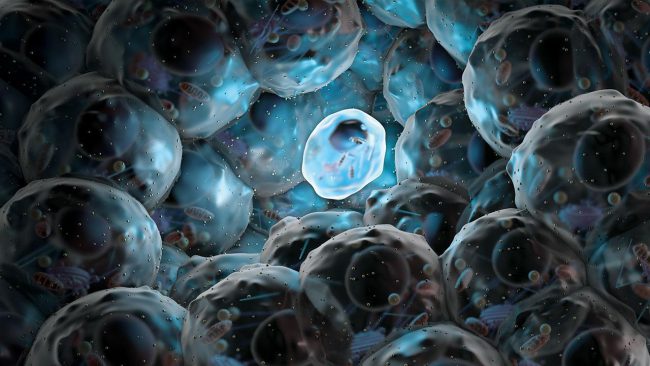
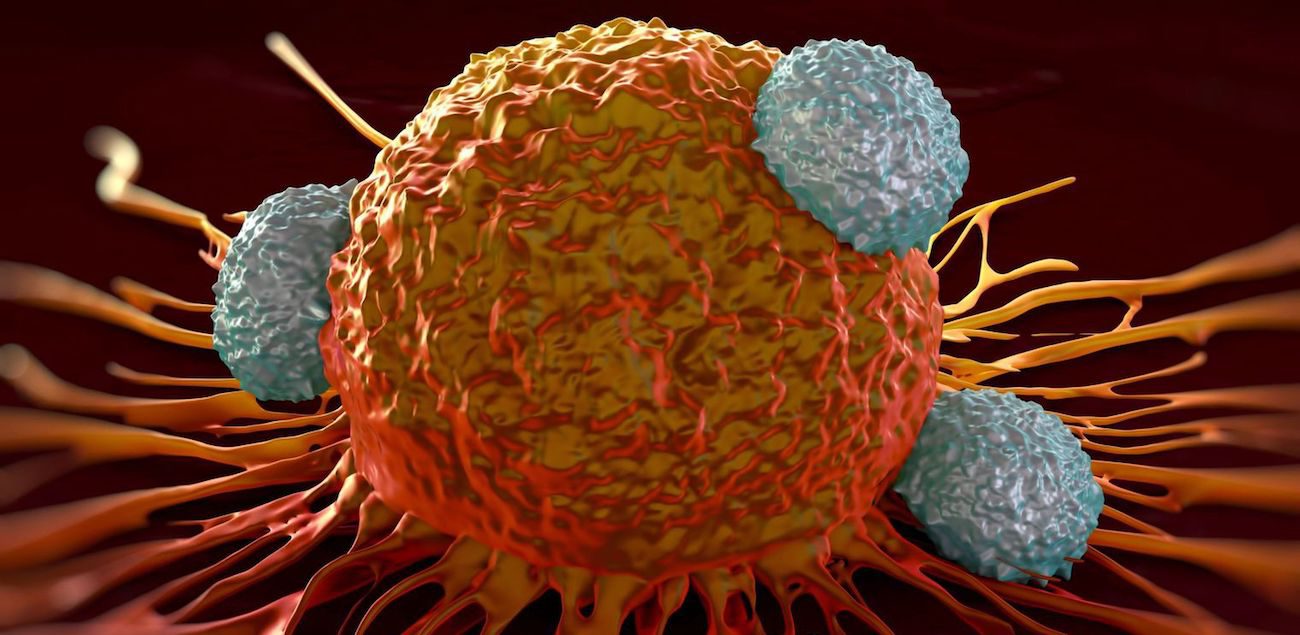

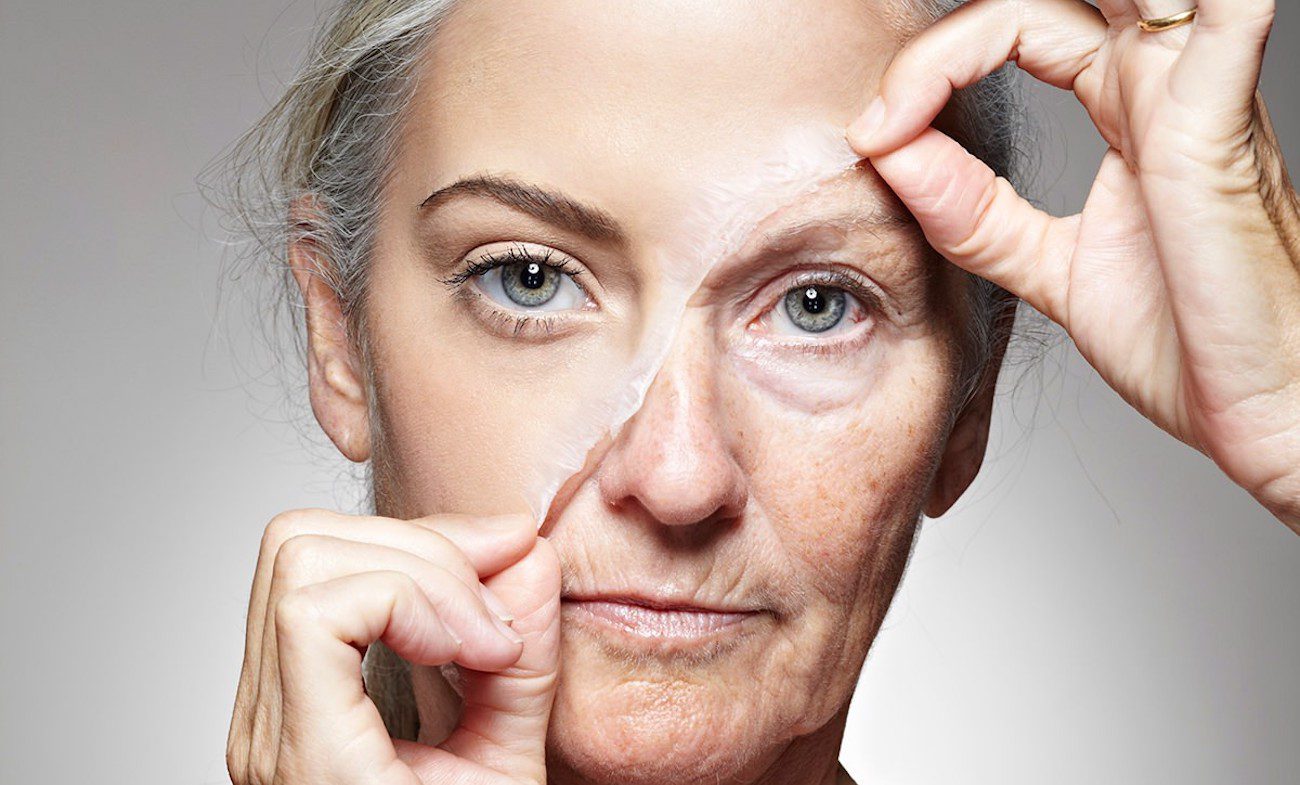
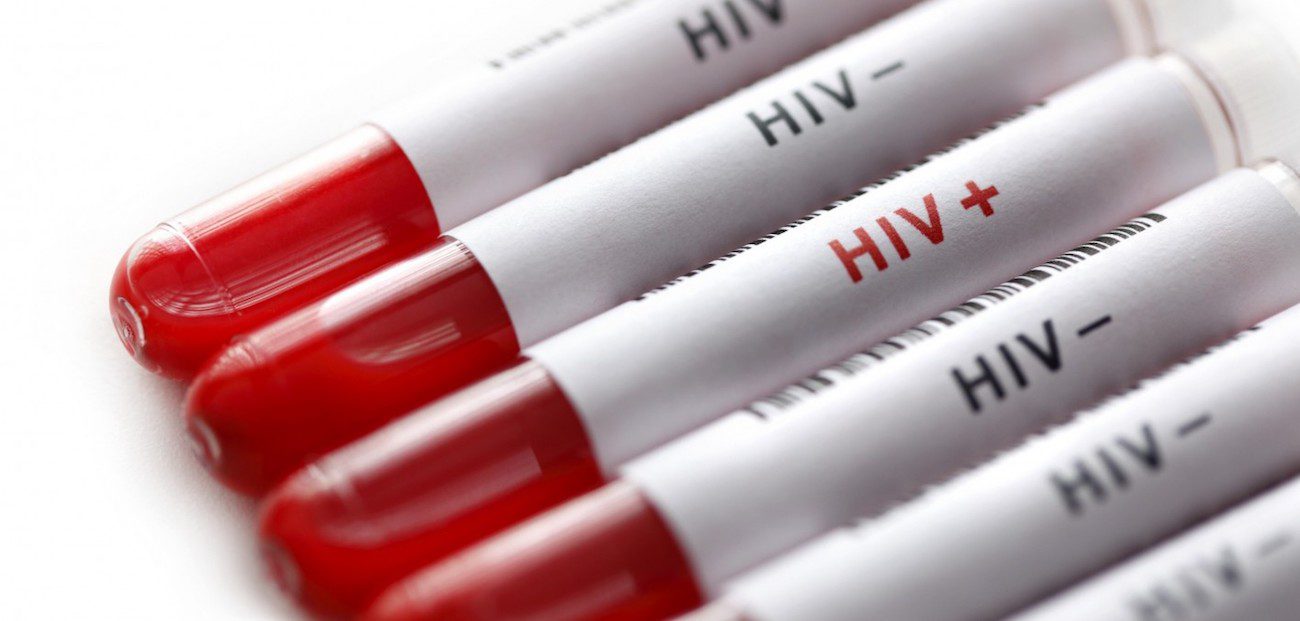
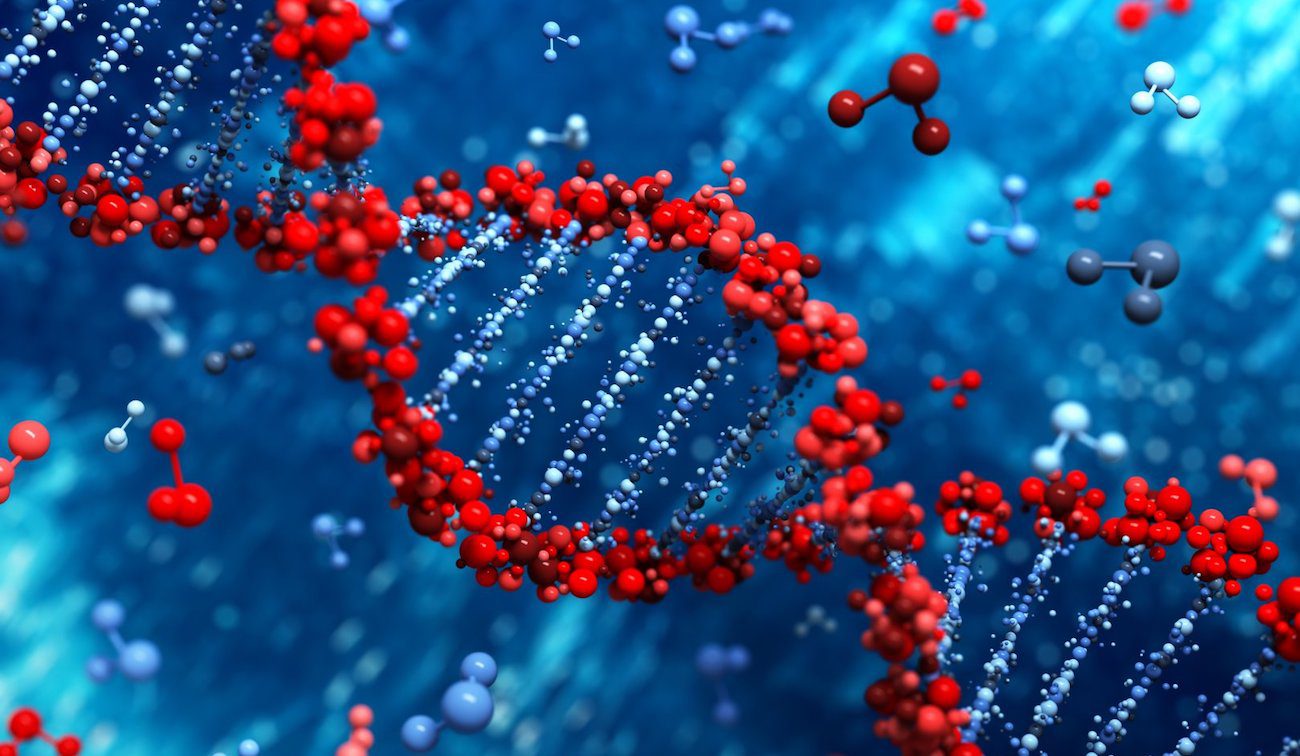
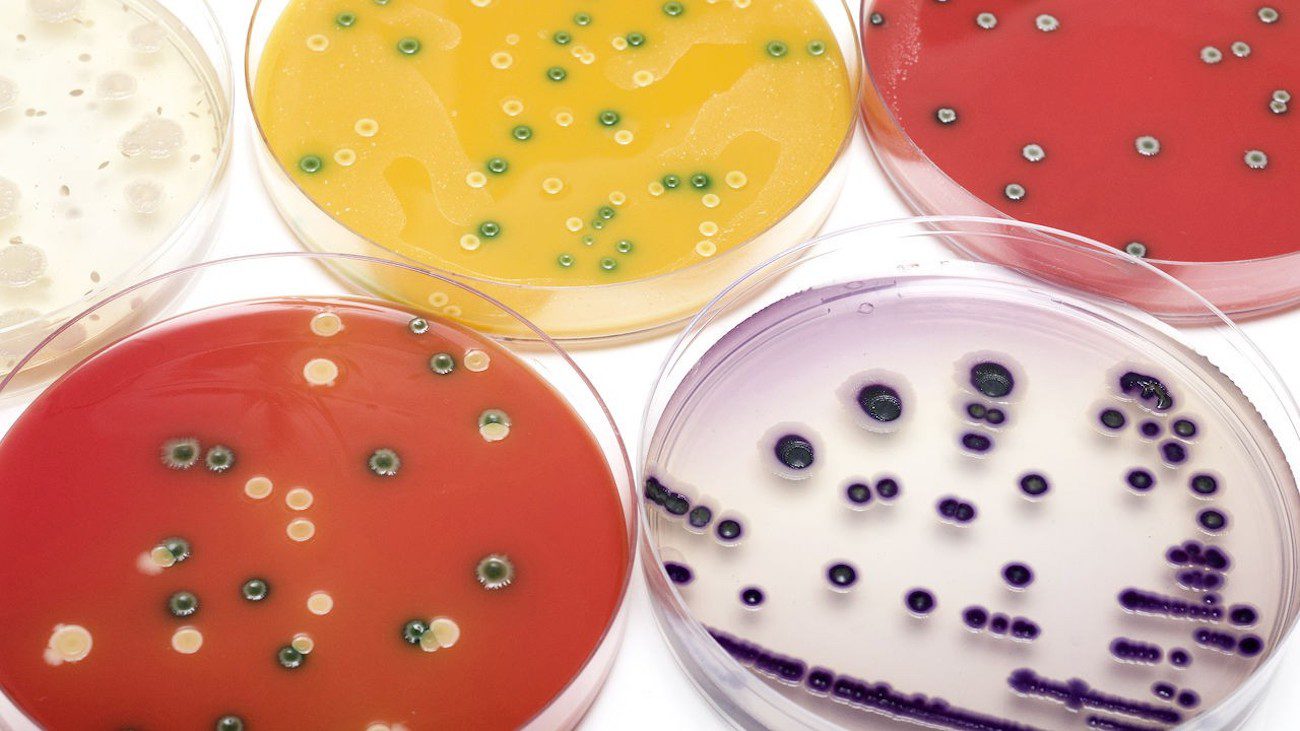


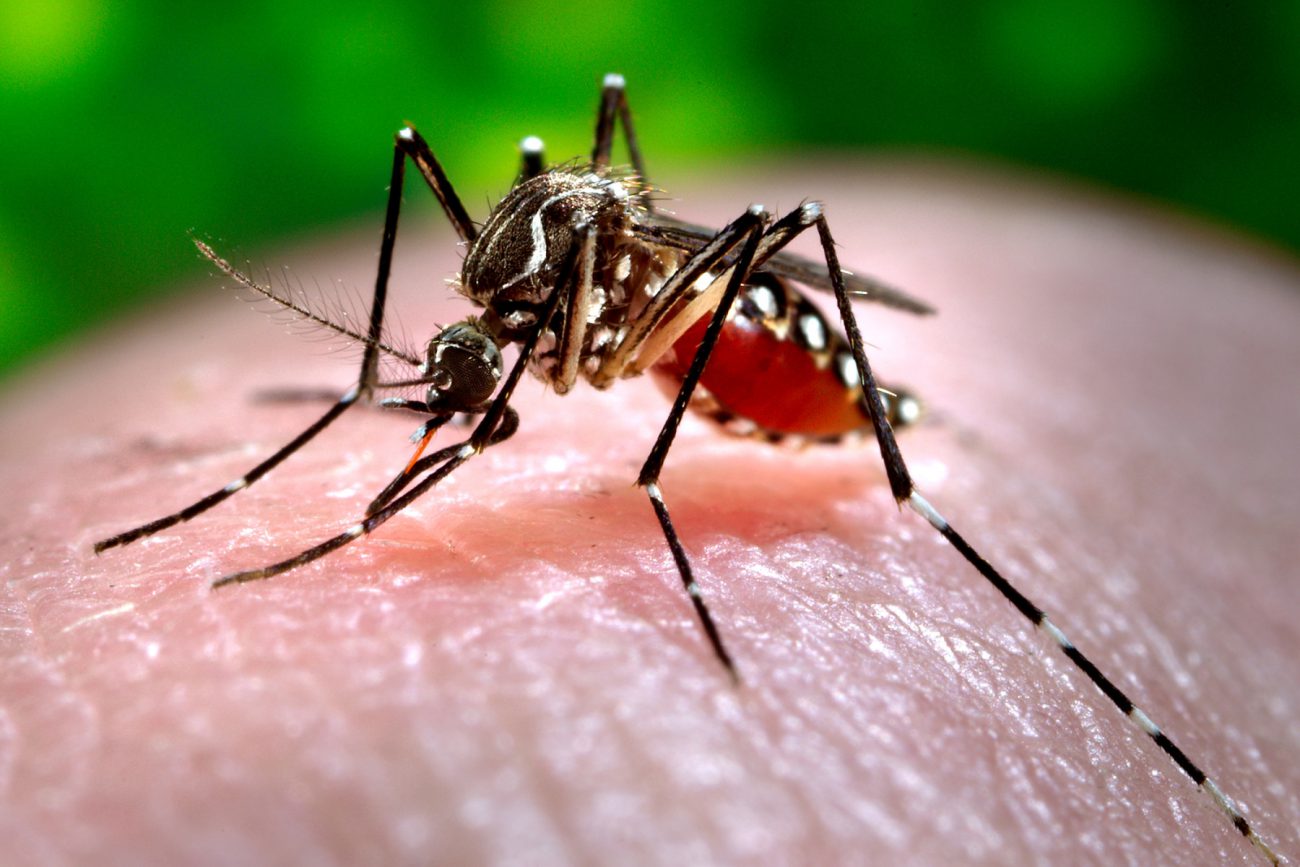
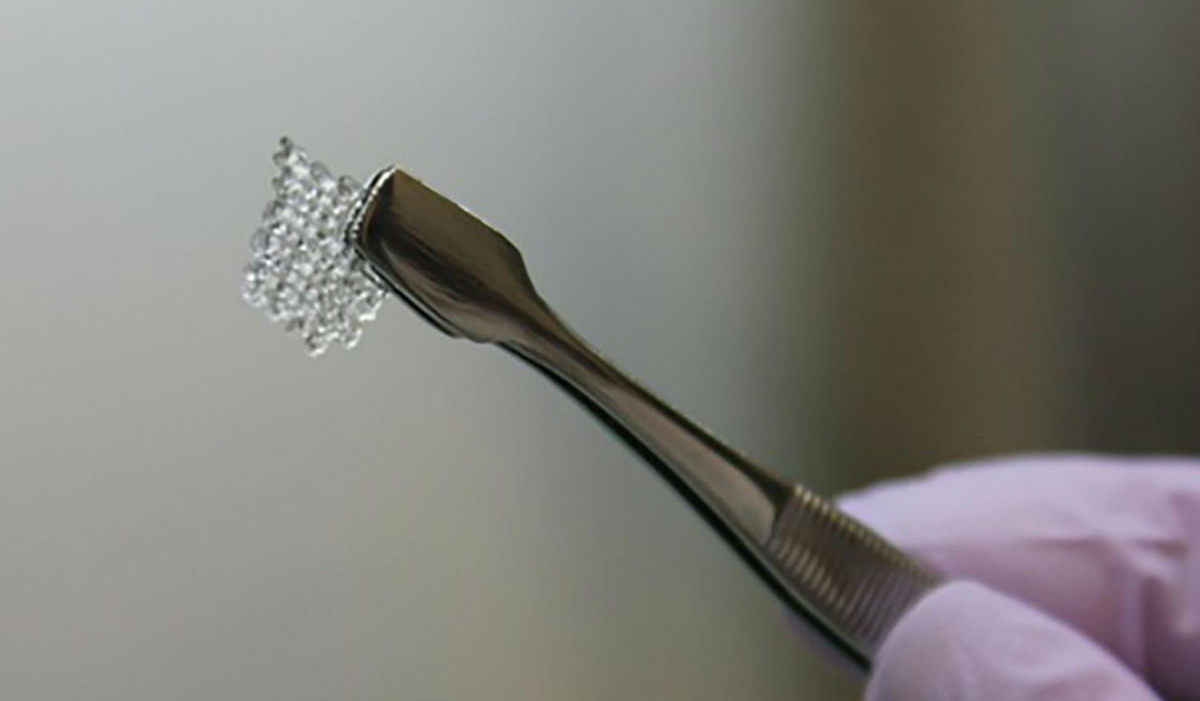
Comments (0)
This article has no comment, be the first!